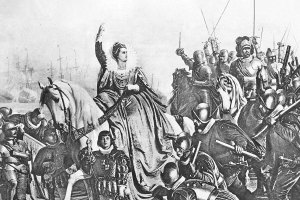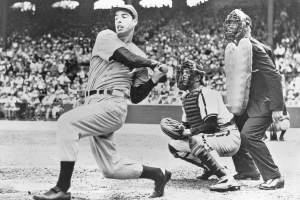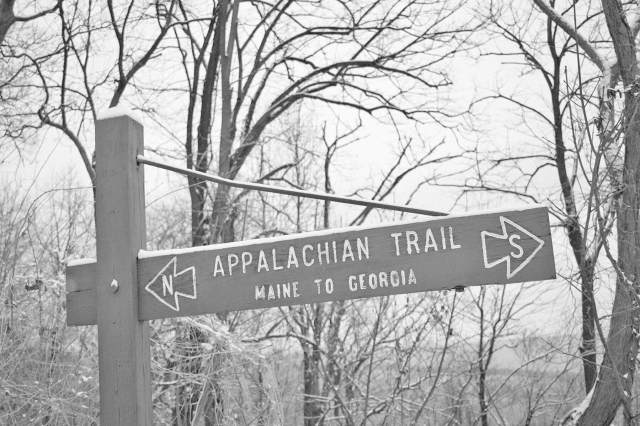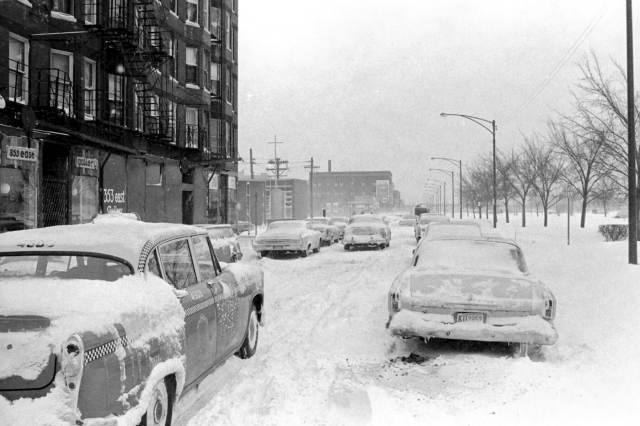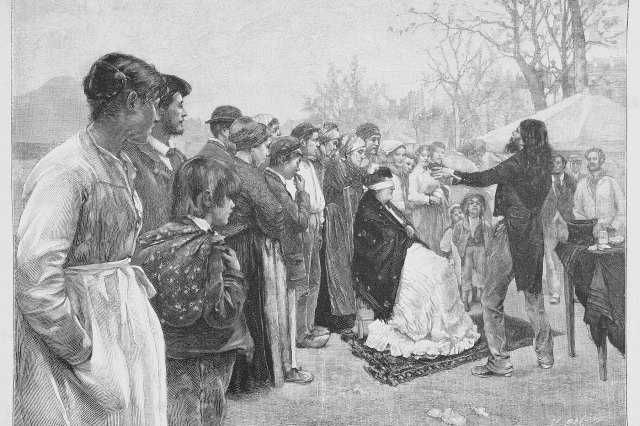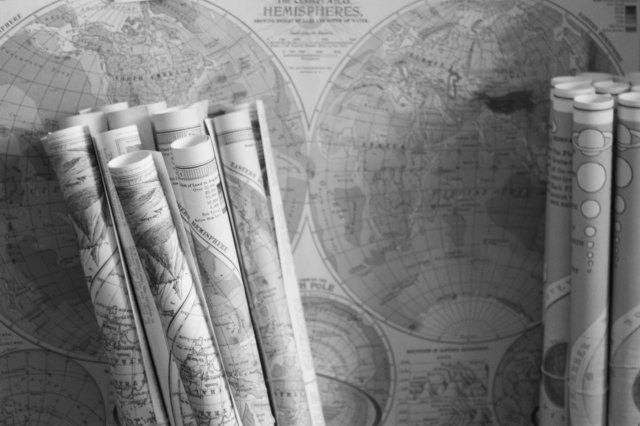The Most Extreme Blizzards in History
When blizzards come at full force, they’re certainly nothing to sneeze at. In the most extreme cases, visibility is reduced to just a few feet, wind blows faster than traffic on the highway, and snow is so deep it’s impossible to drive — or even walk. The term “blizzard” is often used to describe any snowstorm, but the National Weather Service officially defines a blizzard as having ““winds in excess of 35 mph and visibilities of less than 1/4 mile for an extended period of time (at least 3 hours).” That, however, is at the mildest end of the spectrum. Blizzards can become far more intense, with waist-deep snow and whiteouts bringing entire cities — and sometimes entire regions — to a standstill. Here are five facts about some of the biggest blizzards in history.
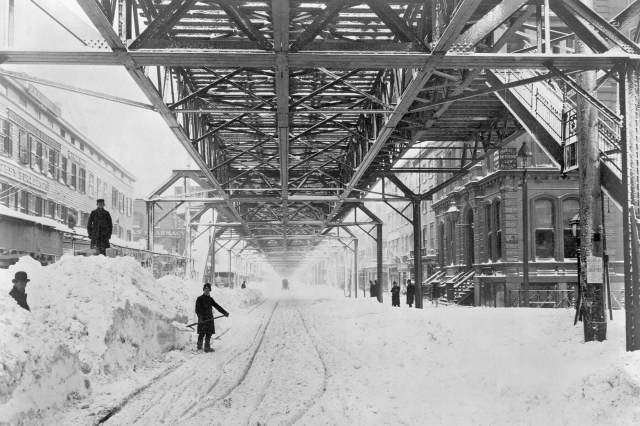
The Blizzard of 1888 Led to the Creation of the New York Subway
On March 11, 1888, a massive blizzard struck the Atlantic coast of the United States, from the Chesapeake Bay up to Maine. As much as 55 inches of snow was dumped in some areas, and New York City ground to a halt. Many people had to seek refuge in hotel lobbies, where temporary beds were put up. (Mark Twain was among those stuck in his New York hotel for several days.) As many as 15,000 people were stranded on the city’s elevated trains, and the drifting snow and howling winds also felled telegraph lines, water mains, and gas lines. In the aftermath, the storm was a wake-up call to city planners across the nation. There was a shift toward burying infrastructure underground, including lines of communication and utilities. The blizzard also prompted New York City to begin planning its vast subway system to replace the exposed high-line trains.







